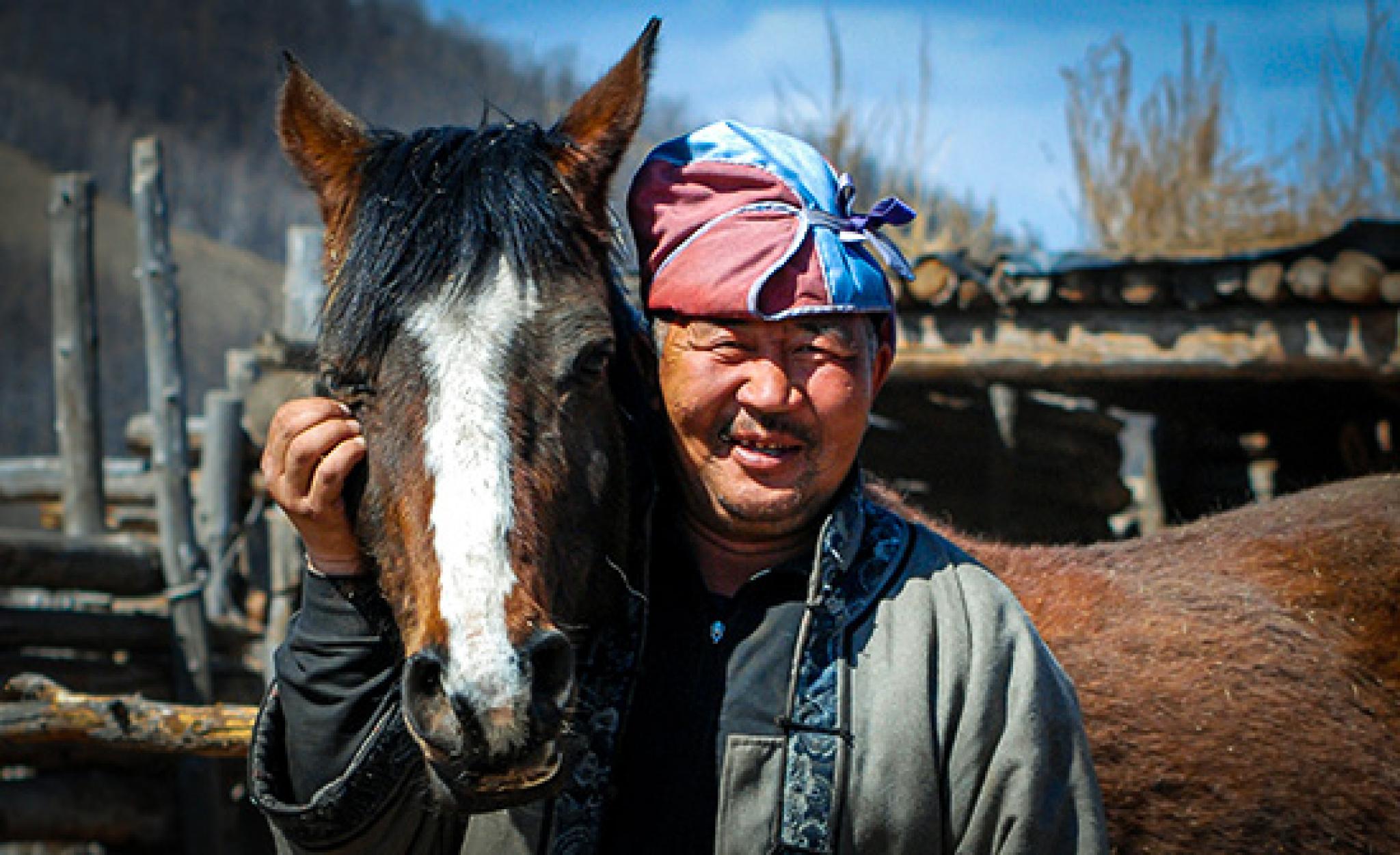The ANU Mongolia Institute was founded in 2012 to promote Mongolian Studies, not only at the ANU but also throughout Australasia. Prior to this time, unlike in Europe, US and Japan, there was no institutionalised history of Mongolian Studies in Australia or, more broadly, in the Southern Hemisphere.
The vision for the Institute was driven by the rapid increase in business, trade and cultural exchange between Mongolia and Australia and the strong Australian interest in Mongolia.
The Institute is now a key hub globally, providing a formal source of advice and information on Mongolia for the University, government organisations and the broader public to the extent that such advice and information is not available through existing channels. The Institute provides a support network for Australian researchers on Mongolia and promotes active participation by government, business and the public in the Institute’s activities.
Currently, the Mongolia Institute:
- provides a central online showcase of ANU-Mongolia activities
- facilitates communication among ANU scholars working on Mongolia
- supports academic interaction with Mongolia-related visitors to ANU
- consolidates relevant Mongolia activities under one over-arching umbrella
- Provides online and in person Mongolian language, history and area-focused courses

